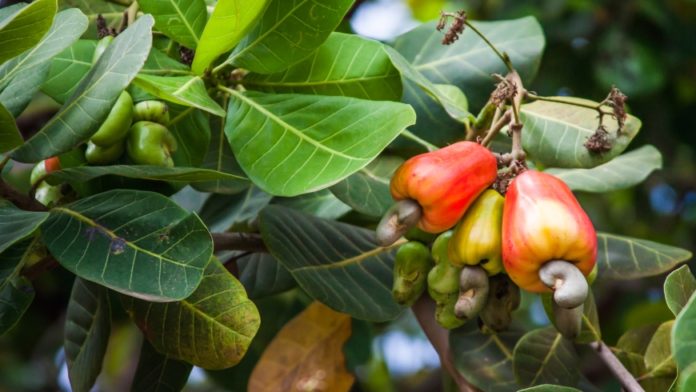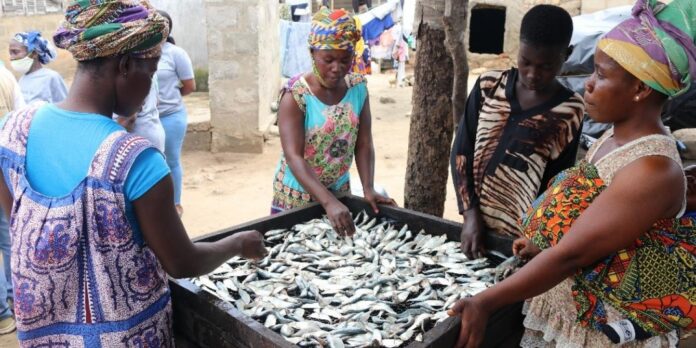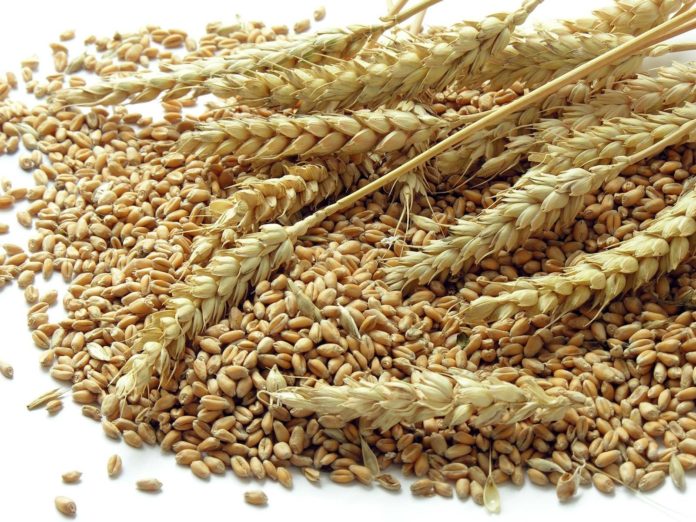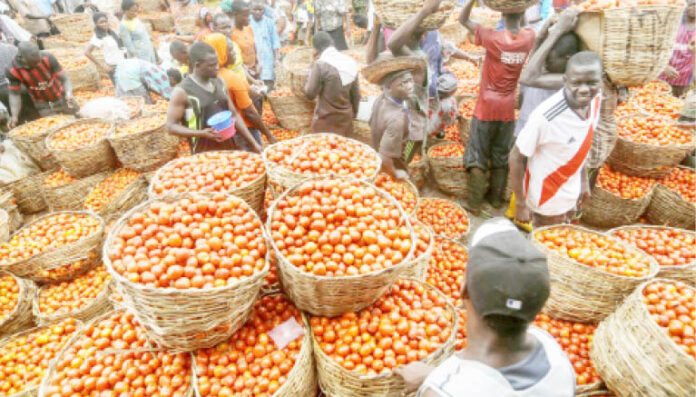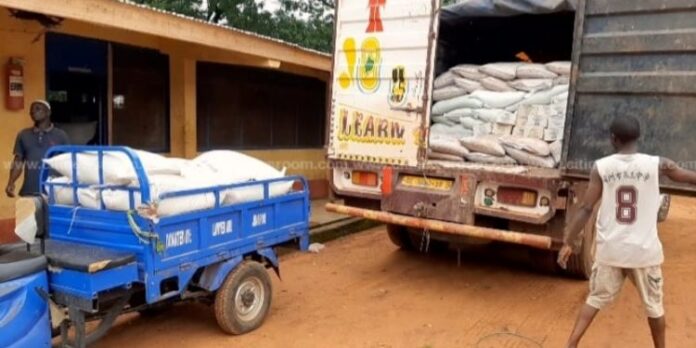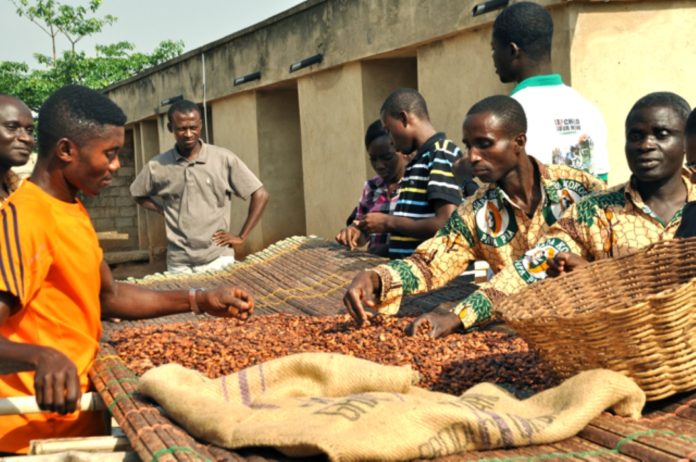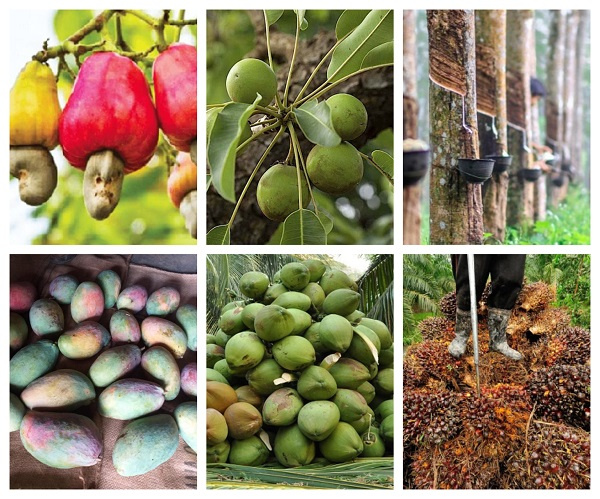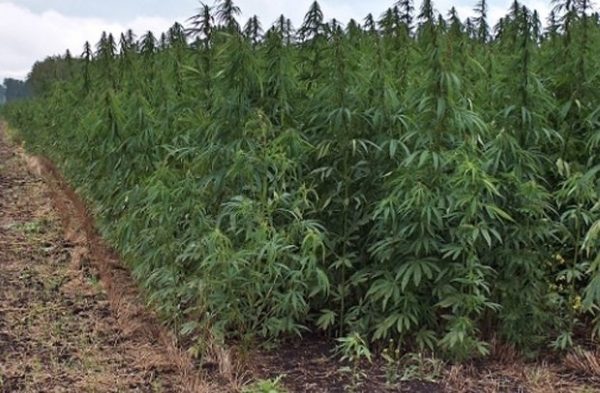A new regulation to block foreigners from purchasing cashew nuts directly from the farmgate will soon be enforced to make trading the commodity the sole preserve of Ghanaians, deputy Chief Executive Officer, Operations at the Tree Crop Development Authority (TCDA), Foster Boateng, has revealed.
Mr. Boateng disclosed that foreigners will only be able to buy cashew nuts from the farmgate using registered Ghanaian agents when the regulation is finally approved.
“The draft guideline by the TCDA has been reviewed by the Parliamentary Select Committee on Legal Affairs, and is supposed to be laid in parliament soon by the sector minister. It will be passed into law after 21 days when laid in parliament,” he said.
What the law will regulate
The regulation, according to the TCDA, will enshrine key tenets and mandates to properly develop and regulate other tree crops, including oil palm and rubber among others.
The law is also expected to ensure that the Authority regulates pricing mechanisms to address farmgate price volatility for tree crop produce. This will help incentivise farmers to produce.
Within the law, aggregators, processors, exporters and traders in any tree crop commodity will be licenced, as well as developers of planting materials – including nurseries.
Already, a pricing formula has been developed by the TCDA for cashew, oil palm and rubber for value chain actors, considering key parameters including exchange rate volatility for trading on the global market.
Ongoing registration of cashew buyers
The TCDA said it has begun engagements with value chain actors to register all cashew buyers. Indeed, there are about 25 major cashew buyers in the country – with the majority being from India.
Current cashew pricing
A kilo of cashew sold at GH¢8.5 at the beginning of this year, but the price shot up to almost GH¢13 at beginning of the second quarter due to demand and supply market forces.
The price move was instituted when local producers met the approved minimum standard of 10 percent moisture content kernel outturn ratio (KOR) of 46 pounds and other factors.
But prices began to fall in April this year, as Ivory Coast – largest producer of cashew in the region – released the commodity onto the market just when quality standards began to plummet in Ghana from the second quarter of this year.
Recent financing of the sector
The World Bank earlier this year announced the grant of a US$100million credit facility to boost production and improve the value chain of cashew, coconut and rubber, in partnership with government under a six-year funding initiative known as the Tree Crop Diversification Project.

